Literarily Speaking: Rajnigandha - Deepa Kapoor and the fragrance of tuberoses
Saritha Rao Rayachoti analyses Basu Chatterjee’s Rajnigandha (1974), 50 years since its release – adapted from Mannu Bhandari’s short story, Yehi Sach Hai
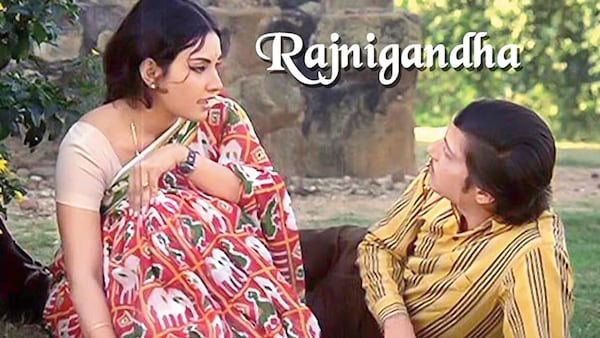
Last Updated: 05.38 PM, Feb 07, 2023
In our new column, Literarily Speaking, we recommend specially-curated book-to-film adaptations that will leave you spell-bound
Hrishikesh Mukherjee and Basu Chatterjee, regarded as the pioneers of the ‘Middle Cinema’ of the Hindi film industry in the 1960s and 1970s, portrayed the lives of ordinary individuals who constitute the urban middle class. Several of their films were adapted from stories originally published in Hindi or Bengali.
Basu Chatterjee’s Rajnigandha (1974), based on Mannu Bhandari’s Hindi short story, Yehi Sach Hai, portrays the protagonist Deepa Kapoor as a young woman of some privilege and agency. While she is perhaps the first woman in her family to undertake a doctoral thesis or aspire for a job, she is also hesitant to let go of her emotional dependence on others.
The short story
Written as a first-person narrative, Yehi Sach Hai is about Kanpur-based Deepa Kapoor, a 20-something PhD student, who is in a relationship with Sanjay. He is usually late to their dates, and barely notices what she's wearing, but lavishes her with bouquets of the ‘rajnigandha’ (tuberose) flowers she adores.
On a visit to Calcutta (now Kolkata) for an interview for a teaching position, Deepa stays with a friend, Ira. She also happens to meet her first love, Nishith, who had unceremoniously ended their relationship five years ago. This abandonment had scarred Deepa enough to believe that one’s first love is seldom a reliable relationship.
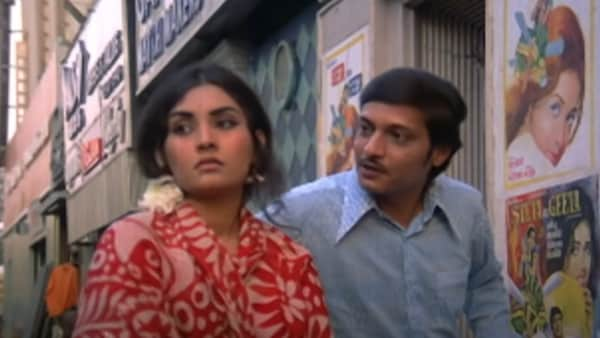
But she now regards Nishith with fresh eyes. Unlike Sanjay, Nishith is punctual, and she is chuffed that he pays attention when she puts effort into her appearance. She longs for him to make amends for his past behaviour and to confess his love for her. However, this doesn’t happen even by the end of the Calcutta visit when he sees her off at the railway station. Although Deepa feels guilt about Sanjay, by now she is besotted with Nishith and has begun to regard first love as the only true love.
Deepa returns to Kanpur to find that Sanjay is travelling for work. Ira informs Deepa that she got the job, but Deepa had expected the news from Nishith, who pulled some strings to ensure it. Deepa writes to Nishith with great fondness, but unsettlingly, his reply that arrives a few days later contains no mention of his feelings for her. When Sanjay turns up at her doorstep with a bouquet of tuberoses, Deepa believes that this relationship with Sanjay is the only true one.

Movie Adaptation
Rajnigandha is a nostalgic favourite for many and is sometimes confused with Basu Chatterjee’s Chhoti si baat (1976) which also features the same lead pair.
Unlike the short story, there is no doubt about who gets the girl in the end. But it is Deepa’s unsure nature that Chatterjee delves into without caricaturing it, retaining much of the interiority of the character using pauses and songs. To engage the audience, Chatterjee fleshes out the original short story’s sparse ‘Dear Diary’ narrative with flashbacks on how the characters met.
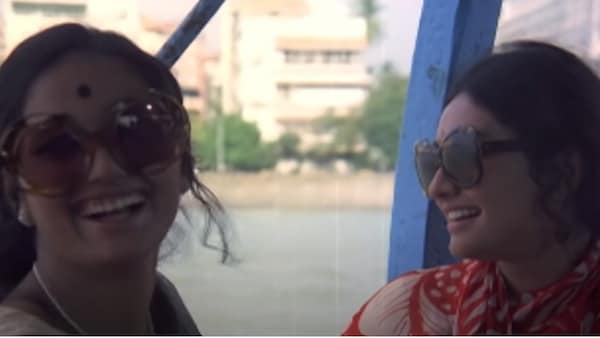
In the movie, some of the settings and the dynamics have changed. Deepa (Vidya Sinha) is engaged to Sanjay (Amol Palekar). This is a match approved by her brother and sister-in-law whom she lives with in Delhi. She visits the city of dreams, Bombay (now Mumbai) for the job interview, staying with her friend, Ira (Rajeeta Thakur) who represents the ‘bindaas’ attitude of the city. The change in Navin (Nishith in the story, played by Dinesh Thakur) is starker in the movie. Deepa knew him as a student union leader, and he is now an advertising filmmaker, a peddler of product fantasies.
Interestingly, in both the story and the movie, the tardy Sanjay remains constant – a happy-go-lucky man comfortable with both his lack of ambition and being less qualified than Deepa. He is deeply aware of his tendency to lose track of time. In some ways, this role spawned Amol Palekar’s rise as the ‘boy next door’ depicting the aspirations and insecurities of middle-class lives with a touch of geniality.
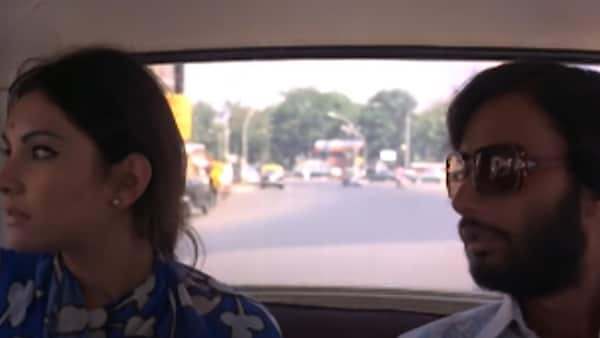
Chatterjee portrays Deepa alone in many sequences alluding to her hope that this feeling of isolation will be dispelled by an attentive lover. In many scenes, she shares an emotional intimacy with Sanjay. She picks fights, and either he makes it up to her or he endears himself to her.
Deepa’s lack of drive might rankle feminists today, but the world is shown from her perspective as a young urban Indian woman of the 1970s. Perhaps if we regarded Deepa Kapoor as a demure Bridget Jones of 1970s India, we'd be more accepting of her flaws.
In the last scene from the movie, Chatterjee builds on the foundation of the original story by normalising a change of heart. Sanjay reveals that after being promoted at work, he now regards his boss, whom he has whined about to Deepa and the audience for the bulk of the movie, as a just man.
Rajnigandha was a springboard that launched the careers of Amol Palekar and Vidya Sinha who would later work with Basu Chatterjee on several projects, individually and also together again in his Chhoti si baat (1976).
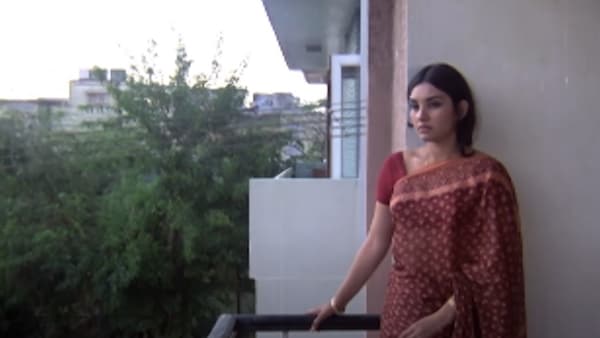
In a departure from the glamour of the big-budget Hindi movies of the 1970s, the garishness of the B-grade movie, and the stark realism of art cinema of the time, the characters in Rajnigandha only occasionally look made-up. They adopt an air of mild dishevelment that became typified as the look of the urban middle class depicted in Hindi cinema.
Perhaps no lines in the movie can better capture Deepa’s quandary between the two loves of her life than the song, ‘Kai baar yunhi…’, written by Yogesh and composed by Salil Chowdhury. While her past relationship with Navin is known to Sanjay and makes for an undercurrent of tension in their relationship, it is notable that she doesn’t tell Navin about being engaged to Sanjay. In some ways, Rajnigandha is a 'coming-of-age' tale about Deepa understanding the nuance between romance and love.
In the end, Deepa’s job as a lecturer in Bombay becomes less important to her than living in Delhi with a man like Sanjay. He may lose track of time or not lavish her with the attention she craves, but unerringly remembers to bring bouquets of her favourite flowers. The song, ‘Rajnigandha phool tumhare…’ captures how when Deepa is alone, the fragrance of the tuberoses becomes a stand-in for Sanjay.
You can watch Rajnigandha here.
(Views expressed in this piece are those of the author, and do not necessarily represent those of OTTplay)
(Written by Saritha Rao Rayachoti)

 Premium
Premium